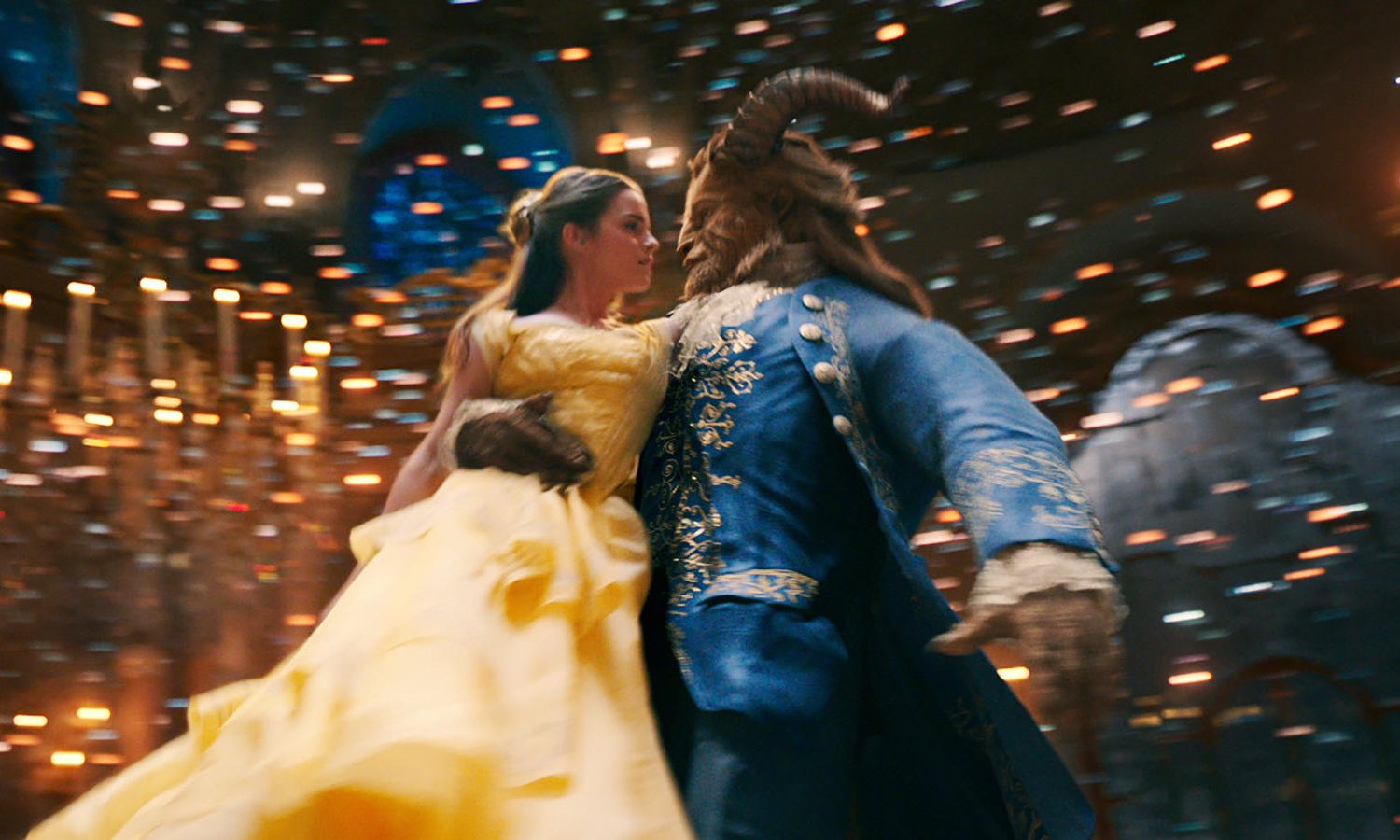Since 2010, Disney has been aggressively churning out live-action rehashings of animated films that flourished during its Golden Age (1937-70) and renaissance (1989-99), beginning with Alice in Wonderland (2010) right up until this week’s release of Beauty and the Beast (2017). The purpose of ‘live-action’ is to produce an artwork that capitalises on the authentic and by its very definition requires the ‘real’ actors and animals absent in CGI or animated pictures. Yet Disney’s mass investment exploits the notion of the real and abandons the authenticity and credibility central to live-action and filmmaking.
Disney’s live-action remakes are arguably as unreal as their animated originals as their images and essence depend on falsehoods beyond their actors’ and subjects’ capacities. From Emma Watson’s overly autotuned voice in Beauty and the Beast to Lily James’ extreme corset and liquid dieting to achieve the waspish waist of Cinderella (2015) to The Jungle Book’s (2016) $175m budget that produced a film utterly dependent on CGI, Disney’s live-action films are facades of reality and capitalise on falsity. These grim attempts to envision the magic of Disney note a distinct absence of creativity as the impossible is deceivingly made ‘real’.
Yet Disney’s mass investment exploits the notion of the real and abandons the authenticity and credibility central to live-action and filmmaking.
However, this growing creative void for Disney is nothing new – live-action remakes are merely the latest step of lazily recycling old material by the company following the churning out of their animated originals on DVD and Blu-ray in the 2000s and early 2010s. Instead of creating new artistic successes, Disney are unconcernedly and militantly capitalising on nostalgia without observing the need for originality and a shift away from the messages purported by its dated tours de force.
In apathetically regurgitating used stories through live-action, Disney are problematically recycling the issues presented by those films in an era in which they do not belong. Thus far, the live-action remakes have centred attention on white British sweethearts (Dakota Blue Richards in Alice in Wonderland, Lily James and Emma Watson) who, as already addressed, have had their natural bodies and voices altered to fit the Disney criteria. Furthermore, the Disney princess franchise has been repeatedly accused of being anti-feminist, capitalising on ideals of femininity while Mulan (1999), an exception to the rule, is othered by her non-normativity as racially different to most of the other characters; in exploiting this damaging ideology to make money Disney compromise the magic for which they are famed.
In apathetically regurgitating used stories through live-action, Disney are problematically recycling the issues presented by those films in an era in which they do not belong.
While Disney has plans to remake Aladdin and Mulan with actors that match the race of the characters, this is not to say that live-action remakes are in anyway progressive. We should not praise Disney for fulfilling its duty to accurately represent its characters especially within frames that perpetuate damaging ideals of sexism, heteronormativity and predominantly white protagonists. The long list of future live-action remakes marks Disney’s growing stagnation of creativity, originality and authenticity. Tickets will be bought and money made but should we be praising a trend that is capitalising on retaining the unreal and damaging?
Rose Crees
Image courtesy of Disney

